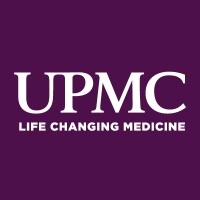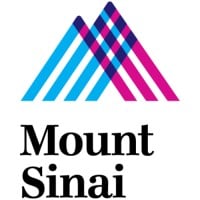
UPMC
UPMC is a world-renowned, nonprofit health care provider and insurer committed to delivering exceptional, people-centered care and community services. Headquartered in Pittsburgh and affiliated with the University of Pittsburgh Schools of the Health Sciences, UPMC is shaping the future of health through clinical and technological innovation, research, and education. Dedicated to advancing the well-being of our diverse communities, we provide nearly $2 billion annually in community benefits, more than any other health system in Pennsylvania. Our 100,000 employees — including more than 5,000 physicians — care for patients across more than 40 hospitals and 800 outpatient sites in Pennsylvania, New York, and Maryland, as well as overseas. UPMC Insurance Services covers more than 4 million members, providing the highest-quality care at the most affordable price. To learn more, visit UPMC.com.






